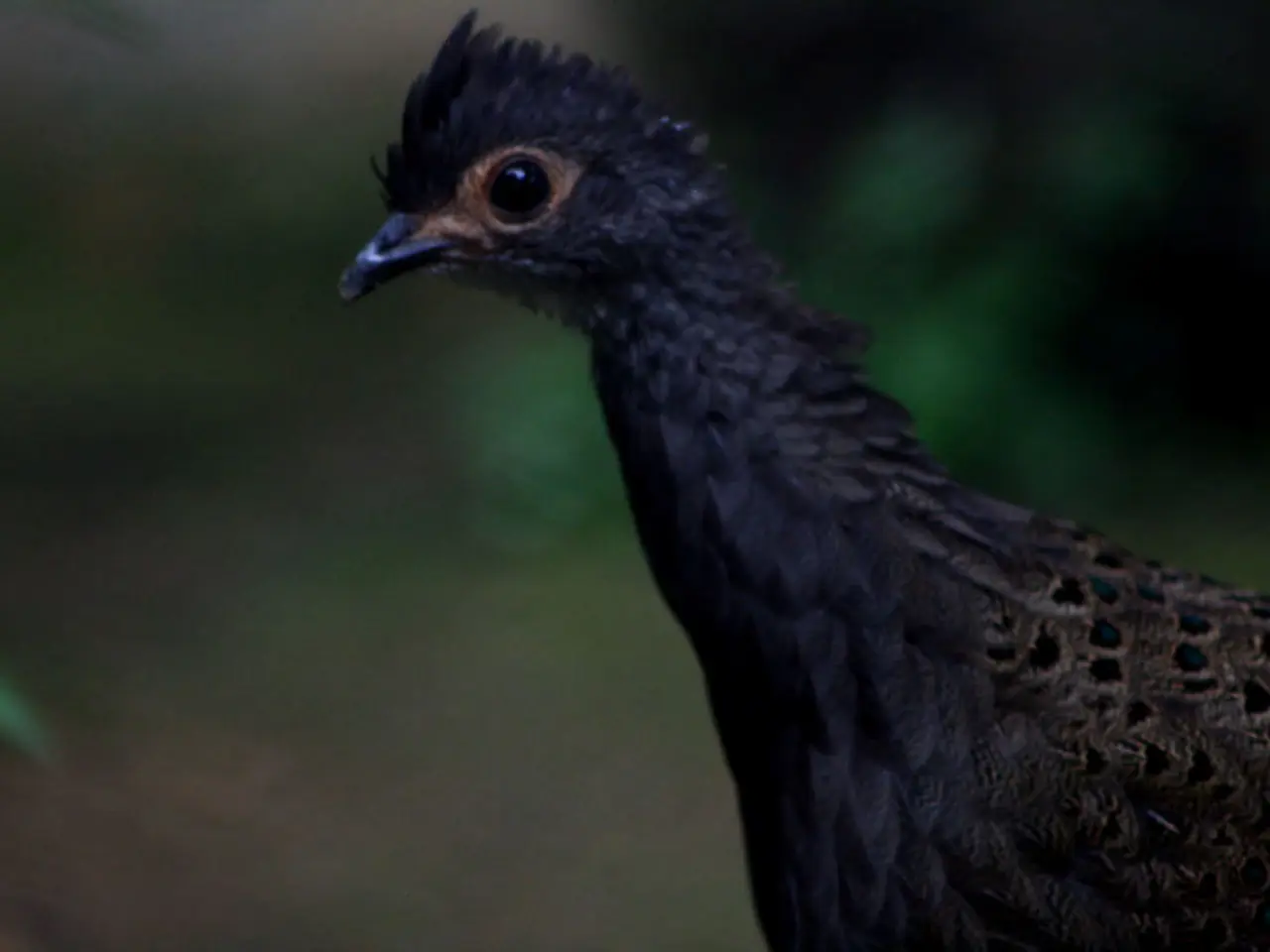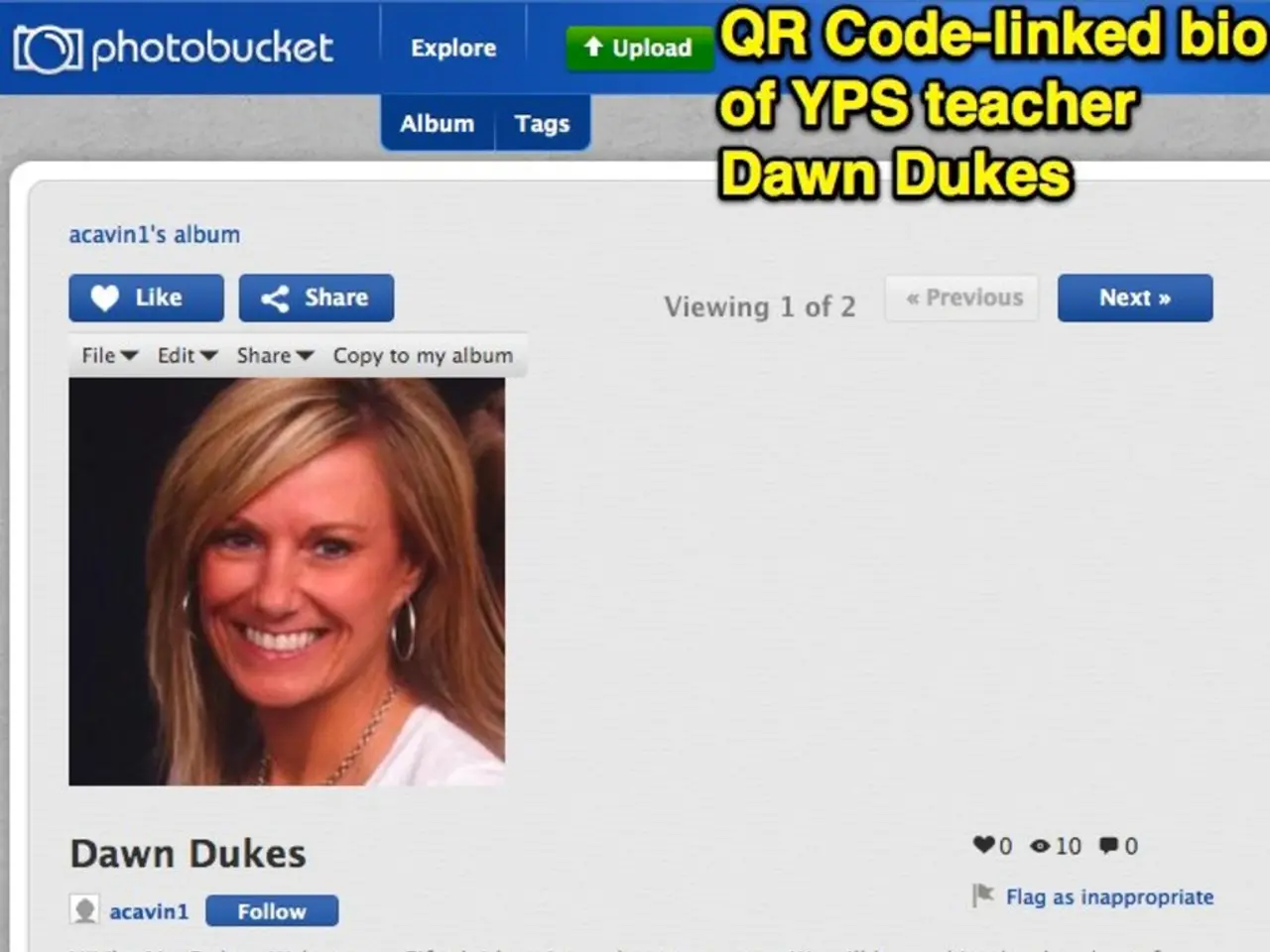"Firm Pursuing 'De-Extinction' Endeavors Hoping to Resurrect the Illustrious Dodo Bird"
The iconic Dodo bird, once roaming the forests of Mauritius, may soon return to its natural habitat, thanks to the efforts of genetic engineering company Colossal Biosciences. This groundbreaking project, led by Professor Beth Shapiro, a renowned paleontologist at the University of California, is progressing well in the genomic reconstruction and hybrid development stages.
First discovered over 500 years ago by Portuguese sailors, the Dodo bird was as large as turkeys, weighing about fifty pounds. Its unique features, including gray plumage and a curved beak, made it a distinctive part of the island's wildlife. However, the Dodo bird's slow reproduction rate, laying one egg a year, and its easy-to-target eggs made it vulnerable to extinction. By the late 17th century, the last Dodo was killed, marking the end of this fascinating species.
Colossal Biosciences aims to change this narrative by de-extincting the Dodo bird. The company has received $150 million in funding for this ambitious project. To recreate the Dodo, Shapiro's team is using the Nicobar pigeon, the Dodo bird's closest living relative, as a template. In 2022, Shapiro's team at U.C. Santa Cruz successfully reconstructed the Dodo bird's entire genome. They had extracted a small piece of the Dodo bird's mitochondrial DNA back in 2002.
The reconstructed genome will be inserted into an egg cell of a related species to develop chimeric chicks, which will serve as surrogates for future Dodo restoration. This pioneering work by Colossal Biosciences promises significant contributions to conservation biology and biotechnology, with real-world benefits for ecosystems and possibly human health.
The potential implications for wildlife conservation are vast. Restoring lost species like the Dodo bird can rebalance ecosystems and increase biodiversity. De-extinction technologies could also bolster the genetic resilience of endangered species facing environmental pressures. New reproductive techniques developed for these projects could aid conservation efforts of other vulnerable species, such as marsupials with the thylacine proxy.
For human healthcare, the advances in genetic engineering and reproductive technologies used in these projects could spur breakthroughs, including improved understanding of genome editing, which might translate into therapies for genetic diseases. The development of novel biotechnology platforms applicable to medicine, agriculture, and environmental science could also be a result of Colossal’s work, pushing the frontier of synthetic biology.
However, the scientific community debates the ecological risks of introducing "hybrid" or proxy species, warning about potential unforeseen impacts on existing ecosystems. Critics question whether true extinct species can be perfectly recreated or whether these efforts might disrupt natural balances.
In summary, Colossal Biosciences’ dodo de-extinction project is progressing well in the genomic reconstruction and hybrid development stages, promising significant contributions to conservation biology and biotechnology with real-world benefits for ecosystems and possibly human health, while also facing important ethical and ecological considerations.
Science's advancements in de-extinction, as demonstrated by Colossal Biosciences' Dodo bird project, could have profound implications for both environmental science and human health. By employing technology in recreating the Dodo, they could potentially develop novel biotechnology platforms applicable to medicine, agriculture, and even environmental science, thereby pushing the frontier of synthetic biology. At the same time, the financial aspect of this endeavor is significant, as business and finance collaborate to fund this ambitious project, investing $150 million to bring back the extinct Dodo bird.




